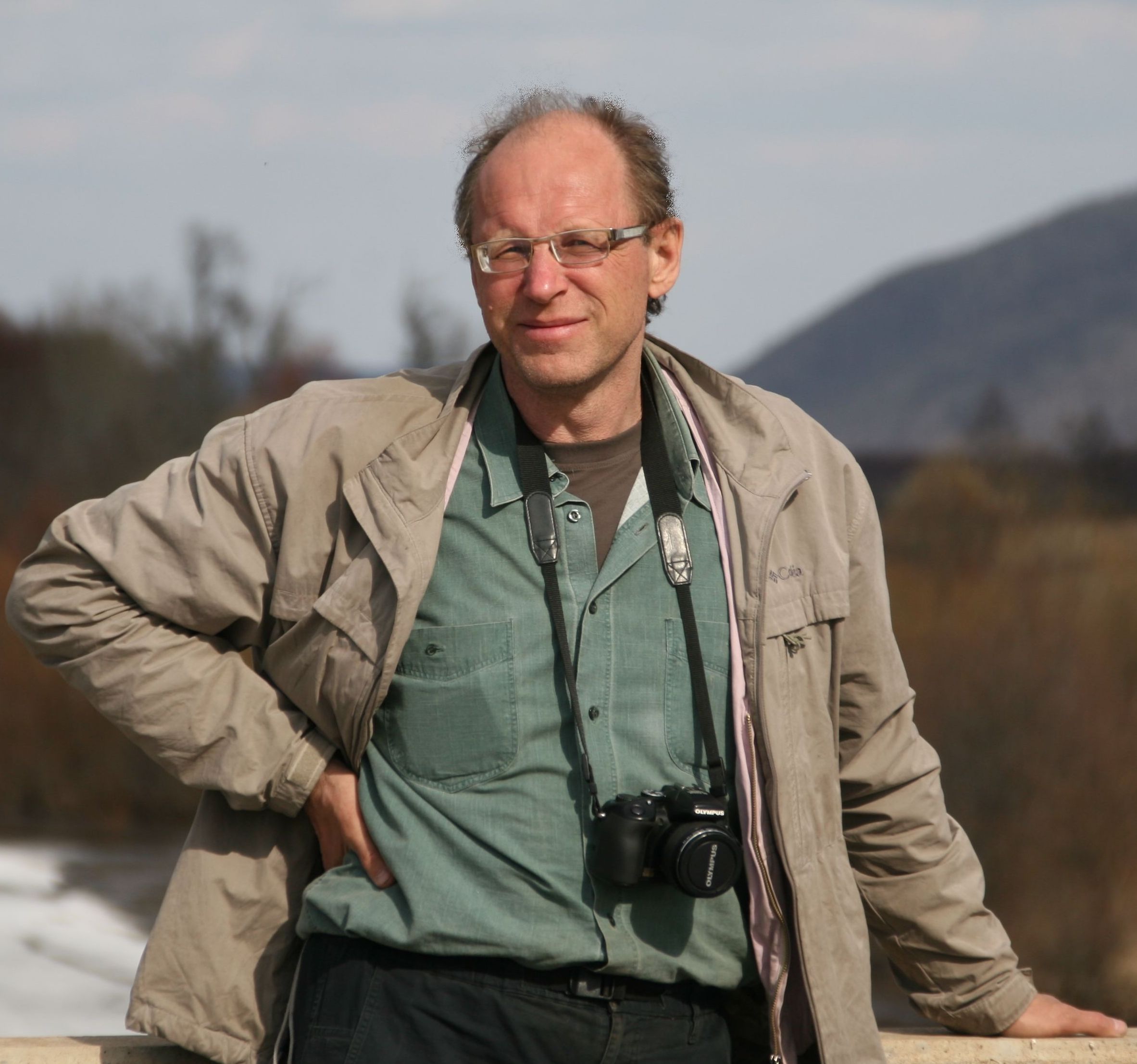The article deals with the correlation of ancient rock paintings and early forms of religion, zoolatry. The content of the article covers the territories of the Amur River basin, as well as the adjacent territories of North-Eastern Eurasia. The empirical part of the article is based on the materials of the author's field studies. The article systematizes the materials of the latest scientific data on rock paintings in Western Europe (Spain, France) and South-East Asia (Indonesia). The article focuses on the images of Pleistocene animals – woolly rhinos, bison and horses. Rock paintings show that zoolatry was one of the earliest forms of religion. In some regions (Franco-Cantabria, Indonesia) according to rock paintings zoolatry dates back to the period of about 40,000 BC and earlier; in other regions (Amur region, Northeast Eurasia) it existed about 12,000–10,000 BC. This periodization is due to the gradual settlement of human populations of the territories and local features of cultural development. By the end of the Pleistocene – the beginning of the Holocene, at the turn of the Upper Paleolithic – Early Neolithic, zoolatry had spread to a huge part of the human-populated territory: from Western to Eastern Eurasia and from Northern Eurasia to South-East Asia and Australia. In the context of the geography of religion zoolatry is one of the biggest phenomena of religious life 12,000–10,000 BC. The latest scientific discoveries in the field of origin and development of mankind and culture not so much solve the theoretical problems of the genesis and evolution of religion, as they are actualized at a new level of knowledge. In the context of new discoveries the problems of localization of early centers of the religious genesis, migration of religious traditions, interaction of autochthonous and allochthonous factors of morphogenesis of religion in the culture of different species of Homo and geographically different human populations are of particular importance.
Key words: rock paintings, wooly rhinoceros, bison, horse, Pleistocene, Holocene, Paleolithic, Neolithic, religion, zoolatry, symbolic culture.
DOI: 10.22250/2072-8662.2018.4.5-25
About the author
 |
Andrey P. Zabiyako – DSc (Philosophy), Full Professor, Head of the Department of Religious Studies and History, Head of the Laboratory of Archaeology and Anthropology, Amur State University; of. 107, build 7, 21 Ignatievskoe Shosse, Blagoveschensk, Amur region, Russia; This email address is being protected from spambots. You need JavaScript enabled to view it.
|






